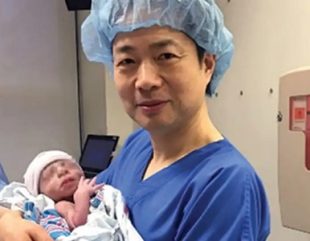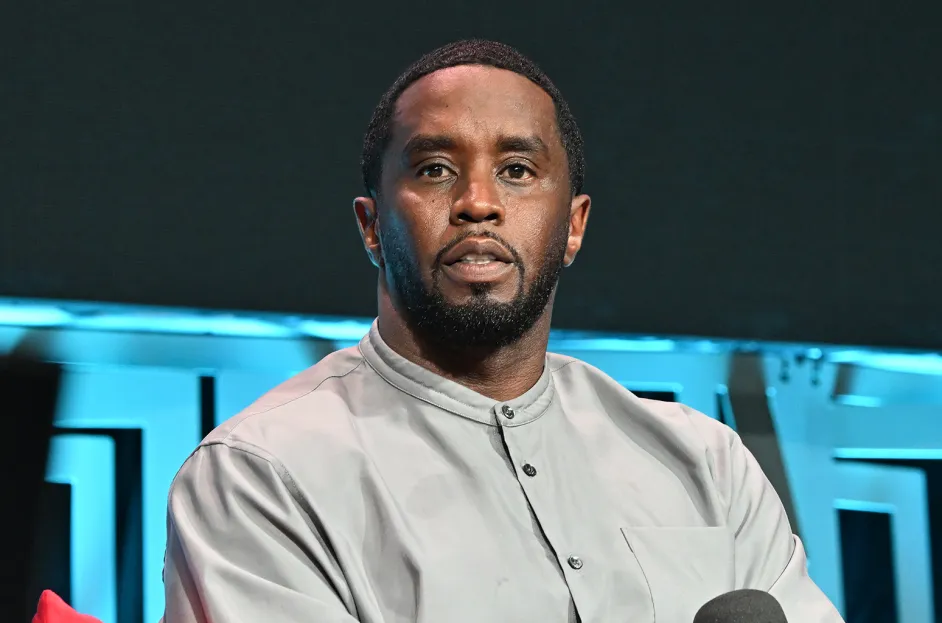A significant milestone has been achieved as a baby is born with DNA contributed by three individuals, marking the first occurrence of such an event in Britain, according to dpa/NAN.
While the majority of the child’s DNA originates from their biological parents, approximately 0.1 percent derives from a third person, specifically another woman.
The Human Fertilisation and Embryology Authority (HFEA) has disclosed that “less than five” babies have been born in the UK using this method, with specific details withheld to safeguard their anonymity.
The scientific procedure aims to prevent the birth of children afflicted by devastating mitochondrial diseases. These are chronic, hereditary disorders that occur when mitochondria, responsible for cellular energy production, fail to function properly. Such illnesses can be severe, often leading to fatality.
In children, symptoms may manifest as stunted growth, weak muscle tone, poor development, spasms, and a decline in progress or deterioration over time.
For families who have lost multiple children to inherited mitochondrial diseases, this modified form of in vitro fertilization, known as mitochondrial donation treatment, represents their sole opportunity to have a healthy child.
Notably, the DNA contributed by the second woman solely affects the mitochondria and does not impact other defining traits of the child, such as appearance.
The Guardian initially reported these recent findings based on a freedom of information request.
In 2017, Britain became the first country to officially permit mitochondrial replacement therapy (MRT) when the HFEA cautiously approved the procedure. Subsequently, in 2018, fertility doctors at the Newcastle Fertility Centre at Life received authorization from the HFEA to administer the treatment to two women.
Peter Thompson, CEO of the HFEA, stated, “Mitochondrial donation treatment provides families with severe inherited mitochondrial illness the possibility of conceiving a healthy child.”
He further added, “The UK was the pioneer in allowing mitochondrial donation treatment under a regulatory framework. The HFEA ensures a robust framework is in place to ensure that mitochondrial donation is carried out safely and ethically. Each application for treatment is meticulously evaluated on an individual basis, adhering to the legal requirements and seeking independent expert advice.”
Sarah Norcross, Director of the Progress Education Trust, emphasized that the UK’s legislation pertaining to this treatment was enacted after extensive research, assessment, and deliberation. She noted that the use of this technology is permitted by the regulator on a case-by-case basis, highlighting the cautious and methodical approach taken due to the relative novelty of this technique.
The news of a small number of babies born in the UK with donated mitochondria marks the next phase in an ongoing process of evaluating and refining mitochondrial donation, Norcross stated.
24/7 UPDATES ON OUR WHATSAPP TV, JOIN NOW
Follow Us on Facebook – @2709Updates; Instagram – @2709Updates; X – @2709Updates;
Discover more from 2709 Updates
Subscribe to get the latest posts sent to your email.



